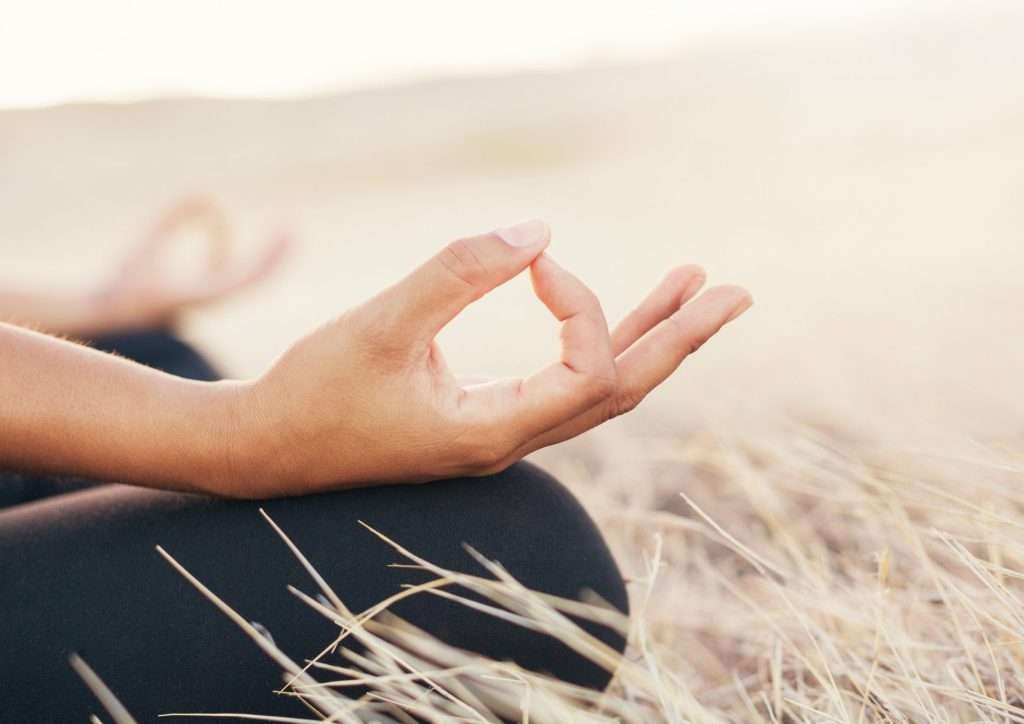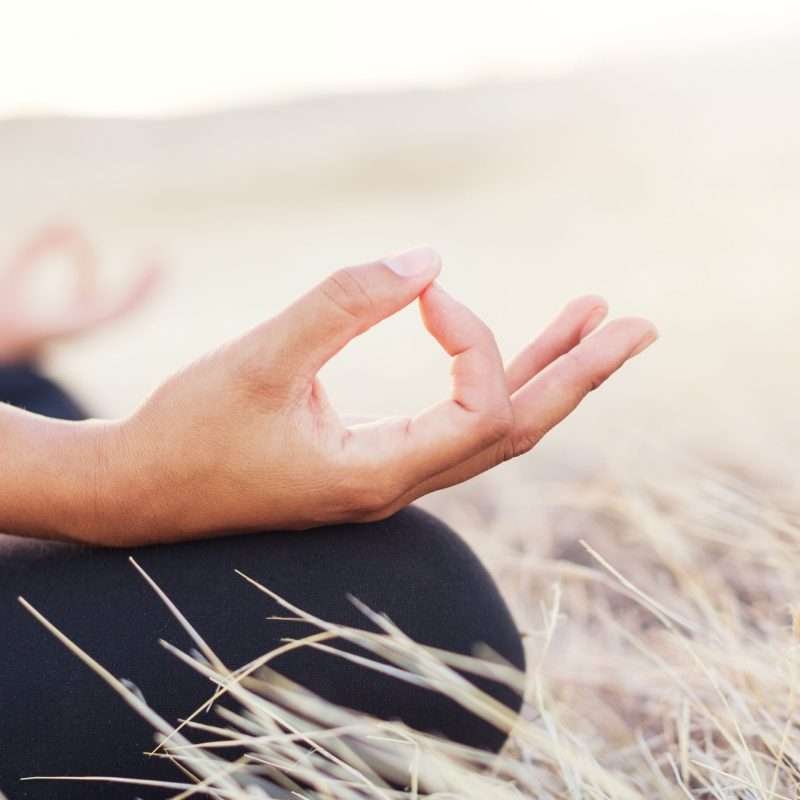Exploring the Last Three Limbs of Ashtanga Yoga: Dharana, Dhyana, and Samadhi
In the journey of Ashtanga Yoga, the last three limbs—Dharana, Dhyana, and Samadhi—represent the pinnacle of yogic practice. These advanced stages guide practitioners from focused concentration to deep meditation, ultimately leading to a state of enlightenment. In this blog article, we will delve into these final limbs, their significance in a holistic yoga practice, their benefits, and how they can be practiced.

Introduction to Ashtanga Yoga
Ashtanga Yoga, outlined by the sage Patanjali in the Yoga Sutras, is an eight-limbed path designed to help individuals achieve holistic well-being and spiritual growth. The eight limbs are:
- Yama (ethical guidelines)
- Niyama (personal observances)
- Asana (physical postures)
- Pranayama (breath control)
- Pratyahara (withdrawal of the senses)
- Dharana (concentration)
- Dhyana (meditation)
- Samadhi (enlightenment)
Each limb builds upon the previous one, leading practitioners from the physical aspects of yoga to the deeper, more spiritual dimensions. You can read about each of the previous limbs in our respective articles by clicking on the links above.
Dharana: The Art of Concentration
Definition and Importance
Dharana, derived from the Sanskrit word “dhri,” means “to hold” or “to concentrate.” It involves focusing the mind on a single point or object, maintaining unwavering attention and minimizing distractions. This practice of concentration is crucial as it prepares the mind for the subsequent limbs of meditation (Dhyana) and enlightenment (Samadhi).
In a world filled with constant distractions and sensory overload, cultivating Dharana helps in calming the mind and fostering a sense of inner peace. It is the first step towards mastering the mind, enabling practitioners to move beyond the external noise and connect with their inner selves.
Benefits of Dharana
Practicing Dharana offers a multitude of benefits for the mind, body, and spirit:
- Enhanced Focus: Regular practice of Dharana improves mental clarity and the ability to concentrate on tasks, leading to increased productivity and efficiency.
- Reduced Stress: By calming the mind and reducing mental chatter, Dharana helps in alleviating stress and anxiety.
- Improved Memory: Concentration exercises strengthen cognitive functions and enhance memory retention.
- Emotional Stability: Dharana cultivates inner peace and emotional resilience, helping individuals manage their emotions more effectively.
- Spiritual Growth: It serves as a stepping stone for deeper meditation and spiritual insights, facilitating personal and spiritual growth.

How to Practice Dharana
Incorporating Dharana into your daily routine can be done through various techniques and exercises. Here are some practical methods to get started:
1. Trataka (Candle Gazing)
Trataka is a powerful technique for developing concentration. To practice Trataka:
- Sit comfortably in a dark room with a lit candle placed at eye level.
- Fix your gaze on the flame without blinking for as long as possible.
- Allow tears to flow naturally if they come.
- Close your eyes and visualize the flame in your mind’s eye.
This practice helps in improving focus and steadiness of mind.
2. Breath Awareness
Focusing on the breath is a simple yet effective way to practice Dharana:
- Sit in a comfortable position with your spine straight.
- Close your eyes and bring your attention to your breath.
- Observe the inhalation and exhalation, feeling the breath as it enters and leaves your nostrils.
- Maintain this single-pointed focus on the breath, gently bringing your mind back whenever it wanders.
3. Mantra Repetition
Repeating a mantra helps in focusing the mind and reducing distractions:
- Choose a mantra that resonates with you (e.g., “Om,” “So Hum,” or any other meaningful phrase).
- Sit comfortably, close your eyes, and begin repeating the mantra mentally.
- Focus entirely on the sound and rhythm of the mantra, allowing it to anchor your mind.
4. Visualization
Visualization involves focusing the mind on a mental image:
- Sit comfortably and close your eyes.
- Visualize a peaceful scene, such as a serene beach, a tranquil forest, or a radiant light.
- Immerse yourself in the details of the image, maintaining your focus on the mental picture.
Dhyana: The Practice of Meditation

Definition and Importance
Dhyana, derived from the Sanskrit root “dhyai,” means “to contemplate” or “to meditate.” It involves the continuous, uninterrupted flow of concentration on a single point or object. Unlike Dharana, which is about focusing the mind, Dhyana is the state of being absorbed in that focus, transcending the act of concentration itself.
Dhyana is essential as it bridges the gap between focused attention and the ultimate state of unity and enlightenment (Samadhi). It allows practitioners to move beyond the limitations of the mind and ego, fostering a deeper connection with their inner selves and the divine.
Benefits of Dhyana
Practicing Dhyana offers a multitude of benefits for the mind, body, and spirit:
- Deep Inner Peace: Promotes profound inner calm and tranquility, helping to alleviate stress and anxiety.
- Heightened Awareness: Enhances self-awareness and mindfulness, allowing practitioners to live more consciously.
- Spiritual Growth: Facilitates deeper spiritual insights and growth, fostering a sense of connection with the divine.
- Emotional Balance: Helps in managing emotions, reducing reactivity, and developing emotional intelligence.
- Improved Health: Regular meditation has been linked to various health benefits, including lower blood pressure, improved immune function, and reduced symptoms of depression.
How to Practice Dhyana
- Mindfulness Meditation: Sit comfortably and bring your awareness to the present moment. Observe your thoughts and sensations without judgment, maintaining a continuous flow of awareness.
- Guided Meditation: Follow a guided meditation, which provides instructions and helps maintain focus throughout the practice.
- Loving-Kindness Meditation: Focus on generating feelings of love and compassion towards yourself and others. This practice helps in cultivating positive emotions and a sense of connectedness.
For a full library of guided meditations, including the Loving-Kindness Meditation toward the Self and Others, join the Boho Flow Online Wellness Library for FREE!

Samadhi: The State of Enlightenment
Definition and Importance
Samadhi, derived from the Sanskrit roots “sam” (together) and “adhi” (to place), means “to bring together” or “to merge.” It is the state of complete absorption, where the individual self merges with the universal consciousness. In this state, the practitioner transcends the ego, the mind, and the physical body, experiencing a profound sense of unity and oneness with the divine.
Samadhi is considered the ultimate goal of yoga because it represents the highest state of spiritual realization. It is the point where the practitioner attains moksha, or liberation, from the cycle of birth and death (samsara). This state of enlightenment is characterized by bliss, peace, and a deep connection with the universal truth.

The Journey to Samadhi
Samadhi is often described in two main stages:
- Savikalpa Samadhi: This is the initial stage of Samadhi, where the practitioner experiences a deep state of meditative absorption but still retains a subtle sense of individuality. There is a sense of duality, as the meditator is aware of the meditative experience.
- Nirvikalpa Samadhi: This is the higher stage of Samadhi, where the sense of individuality completely dissolves, and the practitioner experiences absolute oneness with the universal consciousness. There is no duality; only pure being and infinite awareness exist.
Each of the preceding 7 limbs of this eight-limbed path to Yoga are required as a way to reach and achieve Samadhi. Only through consistent practice and a holistic approach can one move closer to this last, ultimate goal of Yoga.
Benefits of Samadhi
- Ultimate Bliss: Leads to a state of absolute bliss and contentment.
- Spiritual Liberation: Achieves liberation from the cycle of birth and death (moksha).
- Profound Wisdom: Attains deep spiritual knowledge and insight.
- Unity with the Divine: Experiences a sense of oneness with the divine and the cosmos.
How to Approach Samadhi
Samadhi is not something that can be practiced directly but is the natural culmination of diligent practice of the previous seven limbs. Consistent practice of Yama, Niyama, Asana, Pranayama, Pratyahara, Dharana, and Dhyana gradually prepares the practitioner for this state of enlightenment.
Integrating the Last Three Limbs into Your Practice
The journey through Dharana, Dhyana, and Samadhi requires patience, dedication, and a consistent practice. Here are some tips to integrate these advanced limbs into your yoga practice:
- Start Small: Begin with short sessions of concentration and meditation, gradually increasing the duration as your focus improves.
- Create a Sacred Space: Dedicate a quiet and serene space for your practice, free from distractions.
- Be Consistent: Practice regularly, even if it’s just for a few minutes each day. Consistency is key to progress.
- Seek Guidance: Consider seeking guidance from a knowledgeable teacher or mentor who can provide personalized instructions and support.
- Stay Patient: Progress in these advanced stages takes time. Be patient with yourself and trust the process.
Final Thoughts
The last three limbs of Ashtanga Yoga—Dharana, Dhyana, and Samadhi—represent the pinnacle of yogic practice, guiding practitioners from focused concentration to deep meditation and ultimately to a state of enlightenment. These advanced stages are essential for achieving the ultimate goal of yoga: self-realization and unity with the divine. By diligently practicing all 8 Limbs of Yoga consistently, individuals can cultivate profound inner peace, heightened awareness, and spiritual growth, leading to a life of greater fulfillment and harmony.






